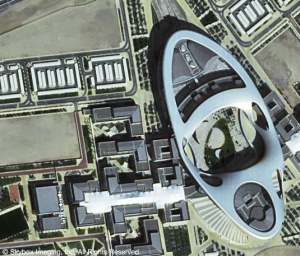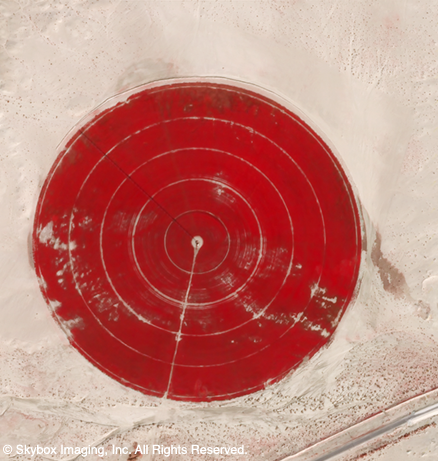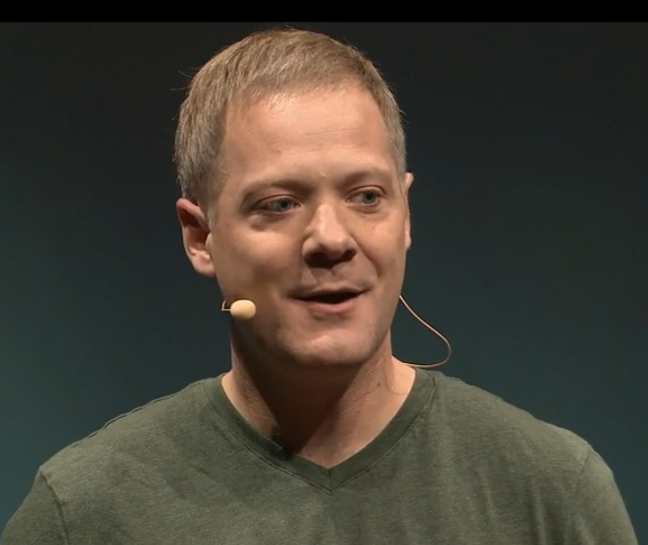
How Big Data Imagery from Satellites May Help Your Business

Courtesy: Skybox Imaging
Your vice president of marketing may excel at giving the “30,000-foot view” of your company’s activities. But what do they look like from 150 miles up? That’s the question that an audacious startup called Skybox Imaging is attempting to answer by launching its own fleet of low-earth orbit satellites that is aimed at giving organizations a new source of big data to analyze.
Skybox Imaging was founded in 2009 with the rather brazen goal of giving customers the capability to get high-resolution images (sub-meter resolution, previously only available to spy agencies) and video of any spot on earth up to three times per day. So far, it has launched one satellite, with up to 23 more on the way.
A picture is worth (give or take) 1,000 words, but this is the 21st century, and Skybox recognizes the power of algorithms. So, in addition to designing and managing a fleet of custom-built satellites, the company is also building a big data platform that allows users to collect the sensor data from space and aggregate it to answer useful questions.
The idea is to open up a new world of analytic possibilities for corporations, organizations, and governments of a certain scale. For example, farmers can deduce the health of crops and create yield forecasts based on the color and heat-signature of the plants. Oil companies, meanwhile, can the information to remotely monitor their infrastructure or scout for possible drill sites. Insurance companies can use the data to make alterations to its risk models based on changing conditions of big-ticket items on the ground, such as factories and pipelines.
Investment banks will undoubtedly be some of the first customers when the full fleet of miniature satellites, dubbed SkySats, are launched into orbit, which is expected by 2016. (The company is already in business with a single satellite.) The traders will be able to spot all kinds of activities on earth–such as changing levels of oil in storage tanks, the number of supertankers or shipping containers sitting in port, or the number of cars in parking lots–that will help them deduce economic activity and therefore get on the winning side of commodities and equity trades.
But the data can also be used for humanitarian purposes. For example, in March Skybox repositioned SkySat-1 over the Eastern Indian Ocean to look for the missing Malaysian Airlines jet. The satellite data could also yield new clues about natural disasters or manmade calamities. Environmental scientists may also be able to use the imagery to make inferences on carbon dioxide emissions, for example.
As the Internet of Things grows and we figure out how to get value from data flowing from billions of sensors, Skybox is betting that organization will be more amenable to adding satellite-sourced data to the analytic mix. To that end, it’s including image-crunching algorithms as part of its package. It has also built a software development kit that allows customers to use their own proprietary algorithms with data collected from space.
Satellite imagery is nothing new, of course. Governments have been using it to spy on each other for more than half a century. And there are a handful of private satellite operators working in the business, including Digital Globe, which also helped in the search for MH-370.
What’s different about Skybox’s setup? Cost, according to Skybox co-founder and chief product officer Dan Berkenstock. “Why do these things have to be so expensive?” he said in an October TED speech. “Does a single satellite really have to cost the equivalent of three 747 jumbo jets? Wasn’t there a way to build a smaller, simpler, new satellite design that could enable more timely imaging?”
The breakthrough that led to the SkySat series was using commercial, off-the-shelf technology, or “electronics obtained from RadioShack instead of Lockheed Martin,” he says. A new generation of optical sensors originally designed for night vision goggles were also used. The engineers figured out the minimum size a satellite had to be to house the necessary focal length to get the required accuracy. The result is a breadbox-sized satellite that weighs about 260 pounds, compared to a car-sized satellite that weighs much more.
The company launched SkySat-1 in October, and is close to launching its second. In February, it announced a contract with Space Systems/Loral (SSL) to build 13 Skybox satellites over the next two years. Skybox, which has $91 million in venture backing and more than 100 employees, eventually plans to sell images as well as 90-secoond clips of high-definition video, at 30 frames per second.
Of course plans may change. In early April a rumor was spreading that SkyBox was in talks with Google, which may want a satellite fleet to go along with Google Earth. (Google is also apparently in talks with a drone-fleet operator, by the way.)
Whether they’re owned by Skybox or Google, it looks as though the satellites will be launched and a cheap new source of imagery and data will soon be streaming down to earth. What will become of all this information? According to Berkenstock, it’s about enabling global transparency.
“We see ourselves as pioneers of a new frontier, and beyond economic data, unlocking the human story, moment by moment,” he says in the TED speech. “For a data scientist that just happened to go to space camp as a kid, it just doesn’t get much better than that.”
Related Items:
Big Data, Crowdsourcing Aid Search for Flight 370
The Big Data Weather Watchers in the Sky
NASA Brings Earth Science ‘Big Data’ to the Cloud with AWS






























